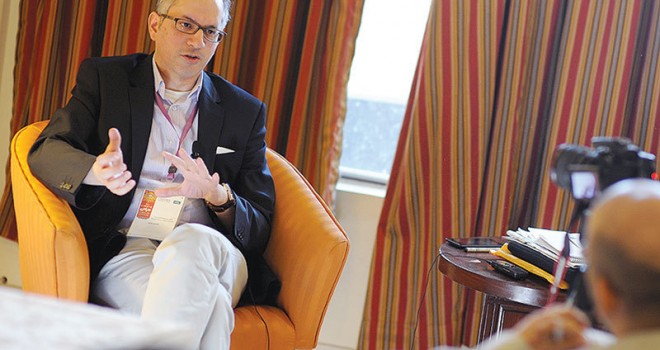
Nature’s laws according to Ibn Sina
Like the scientist that he was, Ibn Sina firmly believed that there are laws of nature which cannot be violated. He believed that all physical phenomena have a known cause – an idea which also characterised his approach to medicine. This meant that he found it hard to envisage supernatural events such as healing miracles and bodily resurrection. For the mass of believers, miracles are an example of an active God bending the rules in order to prove the truths of religion to sceptics. But Ibn Sina believed that this does not happen. Early Islam did not seem to need miracles, and there is no record of the Prophet Muhammad (PBUH) having performed them. But by the 11th century, miracles were firmly established in Islamic theology as a route to gaining converts and supporters.
Ibn Sina believed that there exists a single set of principles that can explain the nature of the physical universe, the reason for its creation, and the relationship between mind and body, and he made it his life’s work to find connections between these apparently different fields, and ultimately to discover a theory of everything. This was an ambitious scheme, but then Ibn Sina, according to Yahya Michot of the Hartford Seminary in Connecticut, was always supremely confident of his abilities, and believed that God had deliberately made him brighter than the average individual.
So, according to Ibn Sina, miracles must have a physical explanation. To take one example: most Muslims believe that the world will end one day and that when this happens, every member of the human race will return from the dead in a physical form, ready to be judged by God for their conduct during their lifetime. But Ibn Sina held that such bodily resurrection defies the laws of nature, and he thought that the day of judgement might take a different form to that traditionally taught in religion. He also doubted the traditional view of heaven and hell, in part because of his belief that matter cannot be everlasting – no fire can burn forever. And he thought that heaven and hell might take the form of a state of mind, instead of a physical space. The example he gave to support his theory was that of pain. He postulated that if it is possible to feel pain without experiencing pain in the physical sense – such as during a bad dream – it ought to be similarly possible to experience heaven or hell without physically travelling to a different place.
By Ehsan Masood.
Excerpt from Science & Islam: A History, book by Ehsan Masood, p. 106-107, slightly edited.

